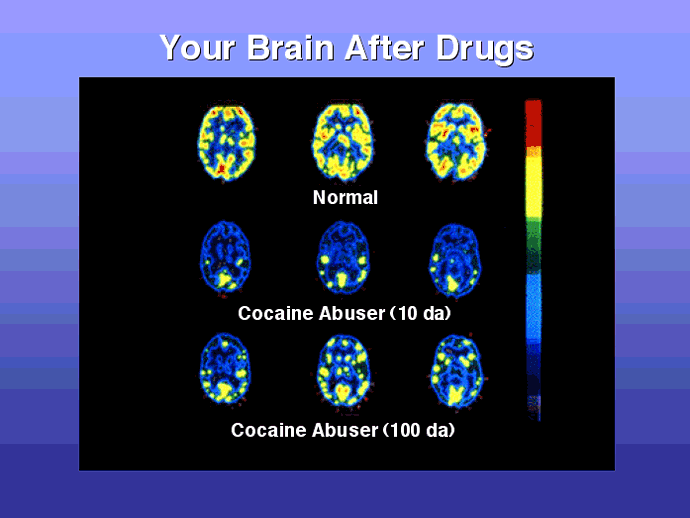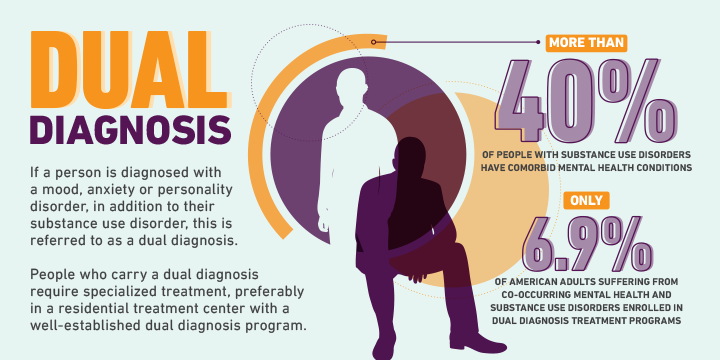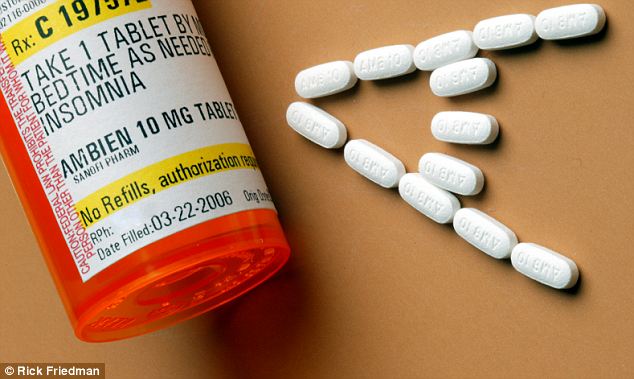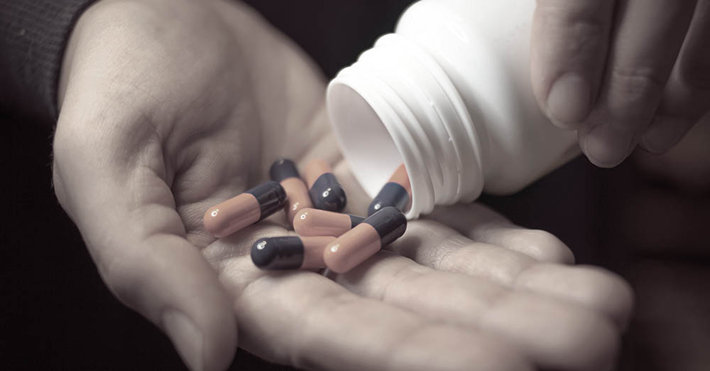Barbiturate effects (Seconal, Nembutal)
The primary desirable effect of barbiturates – from a doctor’s viewpoint – is that they tend to induce sleep. For a person who is sleepless and anxious, these drugs offer a solution. But as long as doctors have prescribed barbiturates like Nembutal, Seconal, Amytal and others, there have been people abusing these drugs and becoming addicted to them. And just as long, there have been people who have been overdosing on these drugs and losing their lives.
One of the reasons that people lose their lives on barbiturates is that the dose that will kill a person is not that much more than the dose that will help them sleep.
When someone is using this drug recreationally, they are looking for the “drunkenness,” the lowered inhibitions, the euphoria that accompanies use of the drug, or they may just be seeking the sedated feeling they get.
There are other effects that also can tip off a person who is trying to understand changes in a person who has secretly started abusing these drugs:
- Dulled, slow thinking
- Emotional instability, swinging from laughter to tears easily
- Irritation, antagonism
- Slurring, stumbling speech
- Lack of motor control that can cause a person to drop items
- Poor physical coordination
- Confusion
While a person in normal condition might be concerned with these changes, the sense of well-being and tranquility a person experiences because of the drug use may disable them from feeling this concern.
Unfortunately, if someone gets confused about how many pills they have taken, he (or she) may take more and unintentionally wind up with an overdose that kills him. Also, a person who is abusing barbiturates is also at greater risk of pneumonia or bronchitis as the drug affects the body’s normal ability to breathe.
Who Seeks the Effects of Abusing Barbiturates?
There are four different types of people seeking the effects of barbiturate abuse and they have different reasons for doing so.
- Youth may abuse barbiturates so they can experience the drunken feelings that result. They are not very likely to understand that this can be a deadly drug.
- An adult who abuses stimulants may look for a barbiturate to help them come down so they can rest or appear “normal” to others.
- A person who is addicted to heroin or prescription opiates may seek barbiturates to give their dose of heroin more kick, or if they can’t get their hands on opiates at the moment.
And a person who has been taking these drugs as prescribed may find that they have to increase their dosage to get the desired effects. They may get their doctor to increase their dosage as they build up a tolerance and so need more of the drug to get the same effect. Or if there is any problem with their doctor giving them the drug, they may seek other doctors to get the drugs they feel they now need. This puts them into a category of prescription fraud through “doctor-shopping,” going from doctor to doctor, getting multiple prescriptions.
Coming off Barbiturates
It’s not the easiest thing to come off this drug so a person can get sober. Many people will need the support of close physician supervision, medical detox, or if he (or she) has really come to rely on the drug to get through the day, a complete rehabilitation program.
A person trying to get clean will start to hit withdrawal within 24 hours of the last dose. The effects of withdrawal include anxiety, insomnia, tremors, even delirium and seizures among heavy users. Some people will need to taper off this drug.
When the drug has finally been discontinued, the best thing the addicted person can do is to get the help of a thorough rehabilitation program that enables him to once again get control of his life. This is the role of the Narconon drug and alcohol rehab program for thousands of people each year.
People come to Narconon for help with all kinds of drugs, from inhalants to alcohol to prescription drugs to club drugs and more. This is a thorough, eight to twelve-week program that never uses substitute drugs as part of treatment. It has been found that a person must learn to live a completely sober life for recovery to be lasting. Reliance on drugs like methadone, buprenorphine, suboxone or anti-drinking drugs do not really teach a person how to build a sober life. Nor do they allow him to learn what it feels like to be completely sober again.
The Narconon drug recovery program takes the idea of being drug-free a step further. Each person on this program will go through a deep detoxification phase called the Narconon New Life Detoxification. This is a process that involves time in a sauna, nutritional supplements, and moderate daily exercise. This combination enables the body to start flushing out old drug toxins. Instead of each person carrying a burden of old drug residues, they can be flushed out on this program. The effect of this detox is clearer, brighter thinking, a better outlook on life and a greater ability to learn sober living skills.
At the end of this program, each graduate is much better prepared to create a new drug-free life to replace the one that was destroyed by addiction.
Find out more about this program that can help you bring someone back after barbiturate addiction or addiction to any drug.








